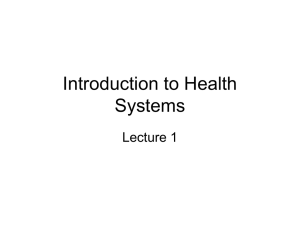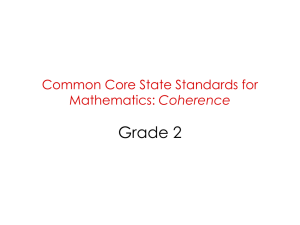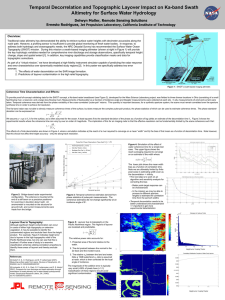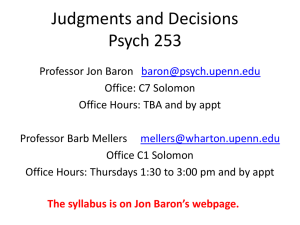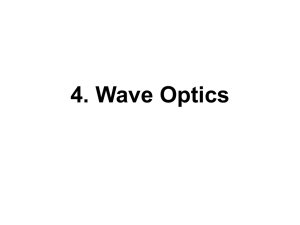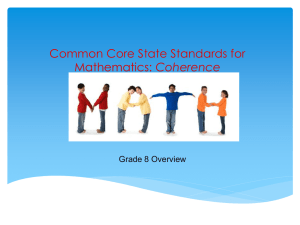Briding the gap between theory and practice in teacher education
advertisement
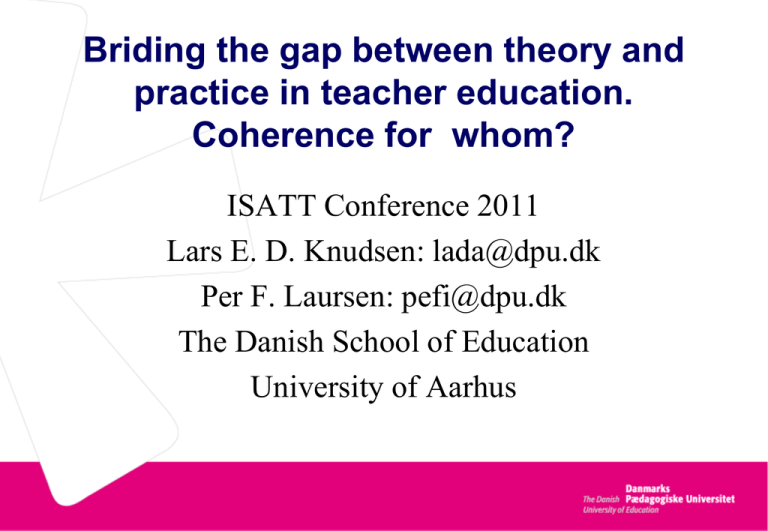
Briding the gap between theory and practice in teacher education. Coherence for whom? ISATT Conference 2011 Lars E. D. Knudsen: lada@dpu.dk Per F. Laursen: pefi@dpu.dk The Danish School of Education University of Aarhus Our central points: • Student teachers’ experience of coherence is embedded in their life-modes and basic cultural views. • In defining coherence student teachers can not be viewed as blank slates that only have to receive and store the messages from lecturers and field supervisors. • Student teachers have their own and often reasonable approaches to teaching. • Student teachers have different approaches to teaching and to teacher education. A persistent problem • Many student teachers experience a gap between theory and practice. • In Denmark this gap is part of the explanation of a relatively high dropout rate from teacher education. • The theory-practice gap seems to be a bigger problem in teacher education than in other professional education courses. Is coherence the solution? • Coherence has become a central concept in research on teacher education, especially inspired by Pam Grossman, Stanford. • Coherence is ”the alignment of ideas and learning opportunities”, especially between lecturers teaching coursework and supervising teachers in fieldwork. • But where are the student teachers?Coherence for whom? Approaches to student teachers • Although most researchers today accept constructivist approaches to learning and reflective approaches to teaching, the student teachers are not viewed as equal partners. • Student teachers’ approaches and basic views are often seen as misunderstandings to be corrected or transformed. Coherence for whom? An ethnological perspective • Students and educators are not tabula rasa but are culturally embedded in terms of lifemodes: • “If the social structure as a whole presupposes fundamentally different forms of practice and ideology, it should be possible to construct concepts of several distinct life-modes … which would entail distinct types of social institutions and social organization.” Thomas Højrup (2003: 15). Coherence and life-modes: • Experiences of coherence depend on students and educators relations in analytical terms of four life-modes (Højrup 2003): Career life-mode: abstract thinking, self developing Self employed life-mode: holistic thinking, responsibilities Wage earner life-mode: pragmatic thinking, rights and duties Person oriented life-mode: ethical thinking, caring Different life-modes’ views on theory and practice: • Career life-mode: Theory as general scientifically based abstractions and practice as trials. Self employed life-mode: Theory as promotion of pragmatic and holistic efficiency in practice. Wage earner life-mode: Theory as a tool to solve practical problems. Person oriented life-mode: Theory as an ethically based cultivation of the professional’s personal qualities bound in practice. Life-modes and coherence: A strife for recognition between institutions • Head of teacher education college: “We still have students who say:”When we go to placement, our cooperating teacher tells us to forget all about the theories we have learned””. • Institutionally: The career life-mode of the college and the self employed life-mode of the placement strife for recognition: “What should a teacher know and how?” • Experiencing coherence is conditioned by such institutional strifes Life-modes and coherence: A strife for recognition between individuals • Cooperating teacher: “It’s the women who set the agenda and men who goes along… I think many men have been gifted by the girls through times … I think it is healthy for men to be [at placement] without women.” • Individually: The life-modes of i.e. girls with self employed life-mode contra men with i.e. wage earner lifemode: “How should we work and learn in placement?” • Experiencing coherence is conditioned by individual strifes in groups or with the cooperating teacher. Life-modes and formation • Teacher’s college promotes students to a career life-mode: Academic writing, theoretically based practice, • Placements promotes students to a self employed life-mode: Prepare your own class, make it work, keep an eye on the wholeness of the class • Groups of students promotes each other to work and learn in particular ways Conclusion: Experiencing coherence is conditioned by ethnocentrism • A definition on coherence cannot leave out student’s perspectives • Research on coherence must qualitatively look for cultural signifiers • Teacher college and placements strive for recognition • Certain life-modes are preferred at college, others at placement


